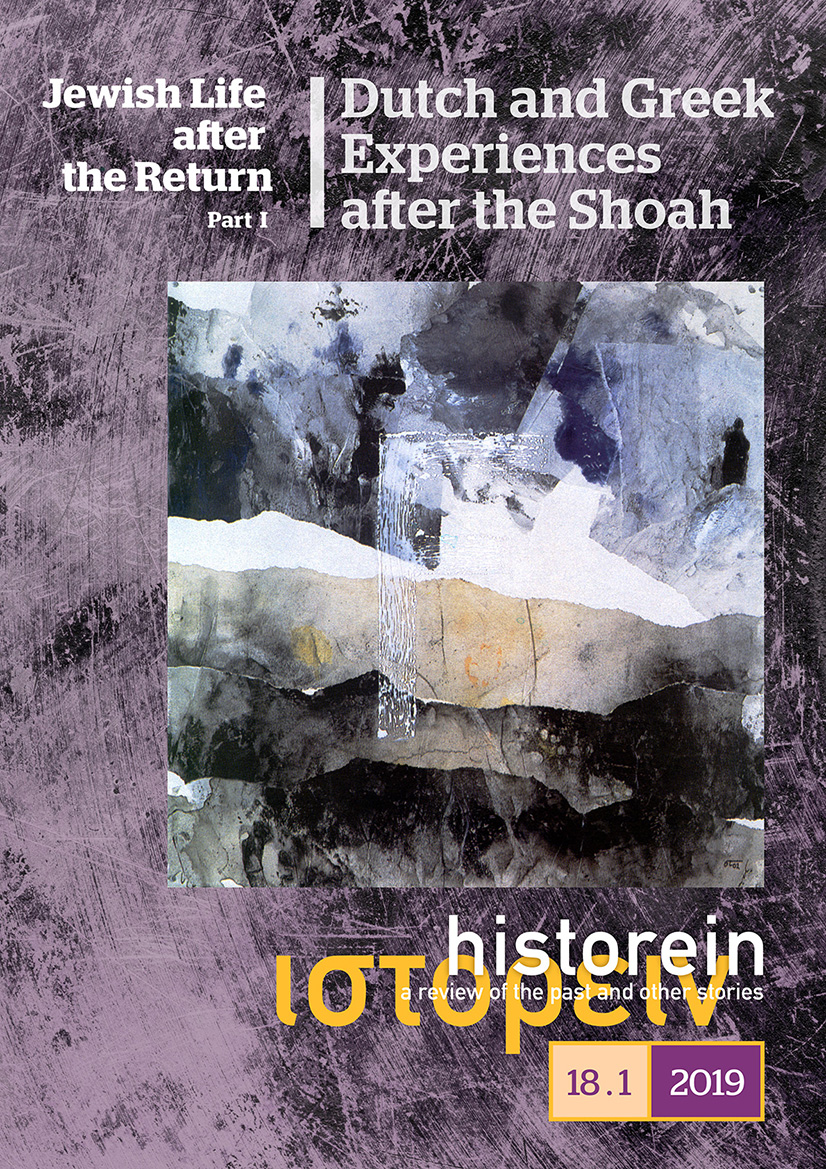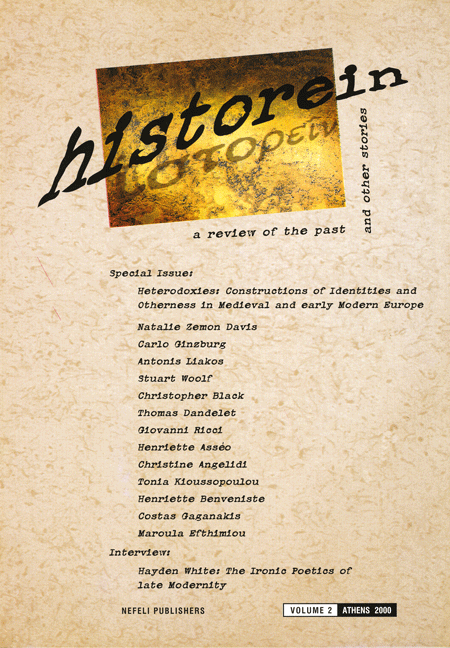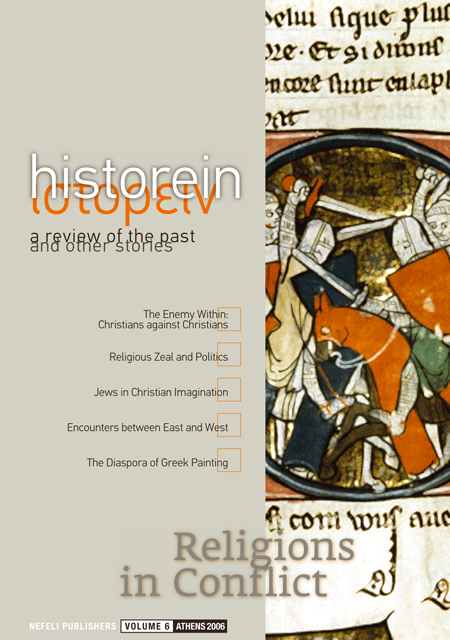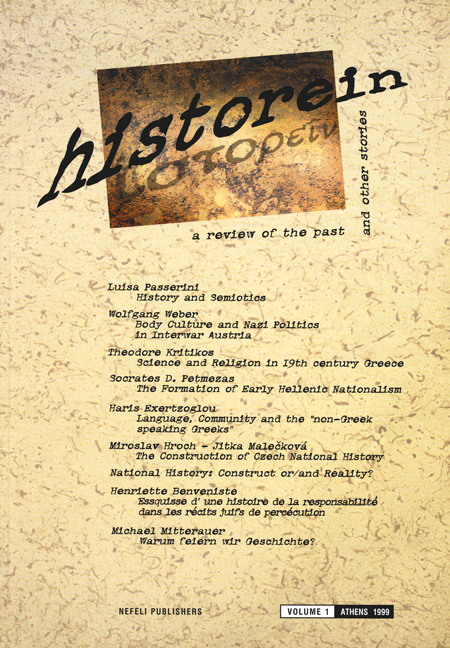Allatini Dormitory, 3 Paraskevopoulou Street: Despair and Hope in Salonika after the Shoah
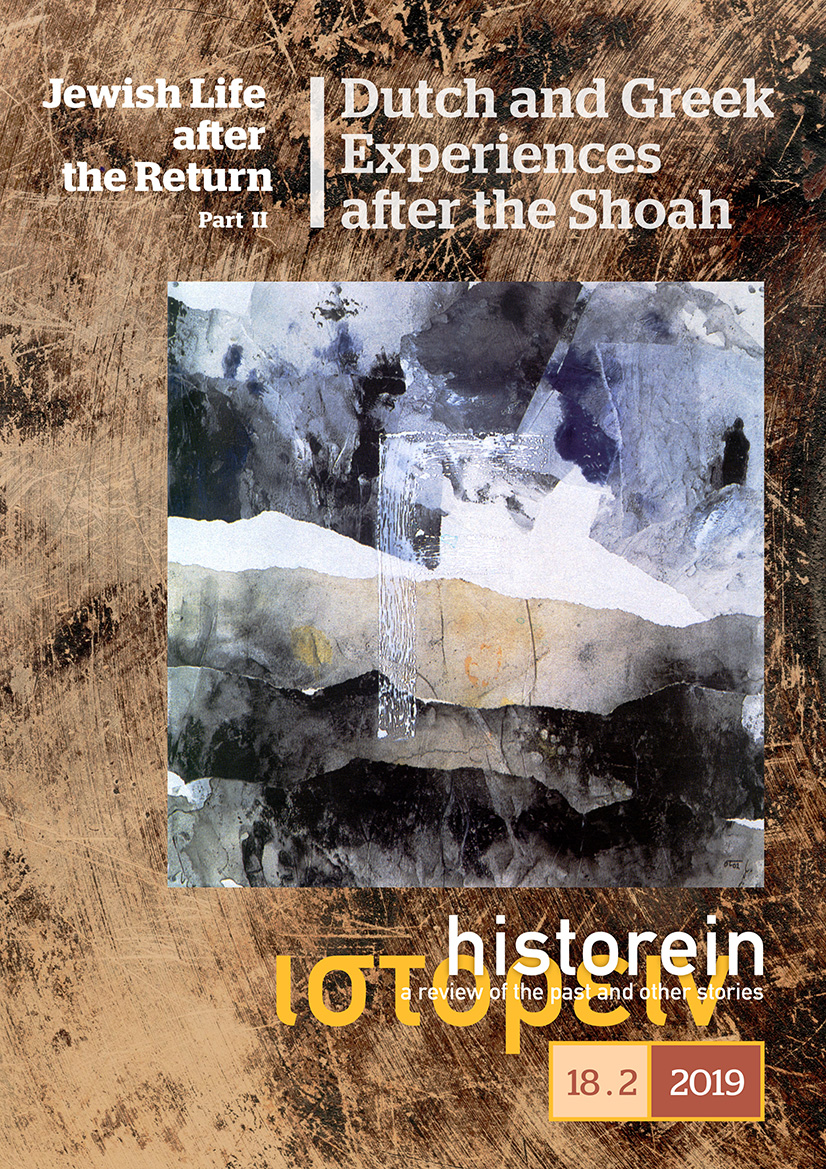
Abstract
The Jews who lived in Salonika in 1945 and who survived the extermination will of the Nazis form an exception. The article explores the life of camp survivors returning to their home city. Practical relief was mainly organised by the Jewish community. Besides mourning for the loss of entire families, economic hardship, scarcity of material resources and political insecurity were the main characteristics of those years. The article focuses on the life in a building belonging to the Jewish community, the former Allatini Orphanage, which became a “dormitory” to shelter about 60 homeless Jews, mostly camp survivors. It examines the extreme poverty, the demands, the sociability and the migration choices of men and women who depended on the community’s care. Their voices, their mourning and their thirst for a new life can be heard piercing the paperwork of the bureaucracy of a welfare system and will help us reconstruct a difficult return to “normality”.
Article Details
- How to Cite
-
Benveniste, H.-R. (2019). Allatini Dormitory, 3 Paraskevopoulou Street: Despair and Hope in Salonika after the Shoah. Historein, 18(2). https://doi.org/10.12681/historein.14360
- Section
- ARTICLES

This work is licensed under a Creative Commons Attribution-NonCommercial-ShareAlike 4.0 International License.
The copyright for articles in this journal is retained by the author(s), with first publication rights granted to the journal. By virtue of their appearance in this open access journal, articles are free to use (with the exception of the non-granted right to make derivative works) with proper attribution for non-commercial uses (licence Creative Commons 4.0). EKT/NHRF retains the worldwide right to reproduce, display, distribute, and use articles published in Historein in all formats and media, either separately or as part of collective works for the full term of copyright. This includes but is not limited to the right to publish articles in an issue of the Journal, copy and distribute individual reprints of the articles, authorize reproduction of articles in their entirety in another EKT/NHRF publication, and authorize reproduction and distribution of articles or abstracts thereof by means of computerized retrieval systems.


